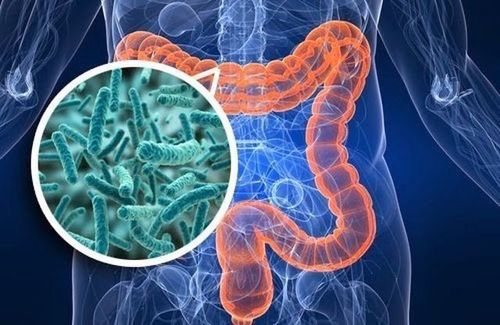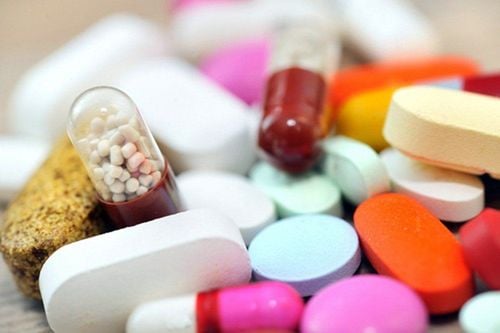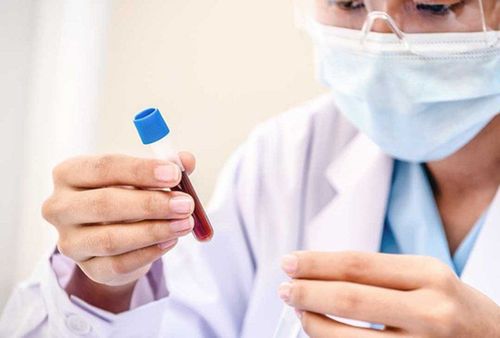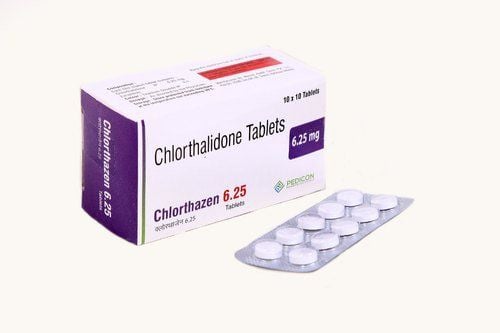This is an automatically translated article.
Electrocardiogram is a commonly used method in the diagnosis of cardiovascular diseases. In addition, electrocardiogram is also being used to diagnose electrolyte disorders, to support early detection and timely and effective treatment.
1. Certain electrolytes
Na+: The most abundant electrolyte in the body; K+: Electrolyte required for cell membrane stimulation of neurotransmitter activity; Ca2+: Combined with phosphorus to create minerals for bones and teeth, stimulate nerve conduction and muscle contraction; Mg2+: Plays an important role in carbohydrate and protein metabolism, good for the heart, nerves and muscles; Cl-: Helps regulate osmotic pressure and acid-base balance.
2. Function of electrolytes
Regulate the distribution of water; Conduction for nerve impulses; An important role in muscle contraction; Coagulation; Regulate the activity of enzymes (ATP); Regulate acid-base balance.

Các chất điện giải giúp điều hòa sự phân phối nước và các enzym trong cơ thể
3. What is an imbalance of electrolytes?
Hyponatremia when the index is < 130 mEq/L; Hypernatremia when the index is > 145 mEq/L; Hypokalemia when index <3.5 mEq/L; Hyperkalemia when index > 5.1 mEq/L; Chlorine imbalance when reading <98 mEq/L or >107 mEq/L; Magnesium imbalance when reading is <1.5 mEq/L or >2.5 mEq/L.
4. Electrocardiogram diagnosis in electrolyte disorders
An electrocardiogram (ECG - Electrocardiogram) is a graph that records the changes in electrical currents in the heart. The heart contracts to a rhythm and is controlled by the conduction system in the heart muscle. Electrocardiogram is used in medicine to diagnose and detect heart diseases such as: Heart failure, arrhythmia, myocardial infarction,... In addition, electrocardiogram is also important in diagnosis. diagnose electrolyte disturbances.
Điện tâm đồ được sử dụng để chấn đoán các bệnh về tim
4.1 Hypokalemia 4.1.1 Change of repolarization Decreased amplitude and widening of T waves; Predominant U wave appears; ST depression; When K+ is severely lowered, the T and U waves mix together; 4.1.2 Abnormal conduction QRS dilated, PR gradually dilated; Atrioventricular block; Cardiac arrest. 4.2 Hyperkalemia ST component gradually disappears; Narrow, tall, and pointed T waves; T wave gets taller, P wave fades away; The QT segment is shortened; QRS dilation; The P wave disappears; Sine wave in severe cases; If potassium is moderately increased (5-7 mEq/L of plasma), conduction in the myocardium is slightly decreased: T wave is prolonged or elevated, P is lost, PR is long; If potassium rises higher (8-9 mEq/L plasma) stronger inhibition on pacemaker and conduction in the myocardium: long QRS, possibly asystole, preceded by ventricular fibrillation or tachycardia.
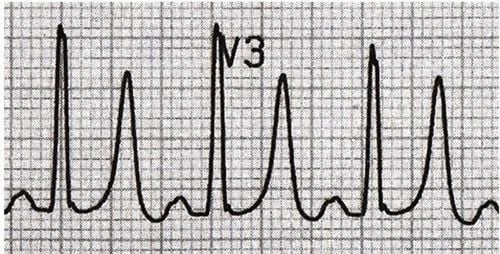
Kali trong máu tăng cao khiến QRS dài
4.3 Calcium disorders Hypercalcemia: QT interval shortens, ST shortens; Hypocalcaemia: QT prolongation due to ST lengthening, T wave flattening and inversion; 4.4 Sodium disorders Hypernatremia does not have many manifestations on the electrocardiogram. However, in patients with impaired intraventricular conduction due to hyperkalemia, hypernatremia manifests on the electrocardiogram as prolongation of the QT interval.
4.5 Magnesium disorders Hypomagnesemia: Prolonged QT interval, QRS, PR, complete heart block, asystole; Increased Magnesium: Prolongs atrioventricular and supraventricular activity. Electrocardiographic diagnosis in electrolyte disorders is of great significance in detecting electrolyte imbalances in the body, thereby helping doctors to provide timely and effective treatment for patients.
To register for examination and treatment at Vinmec International General Hospital, you can contact Vinmec Health System nationwide, or register online HERE.





